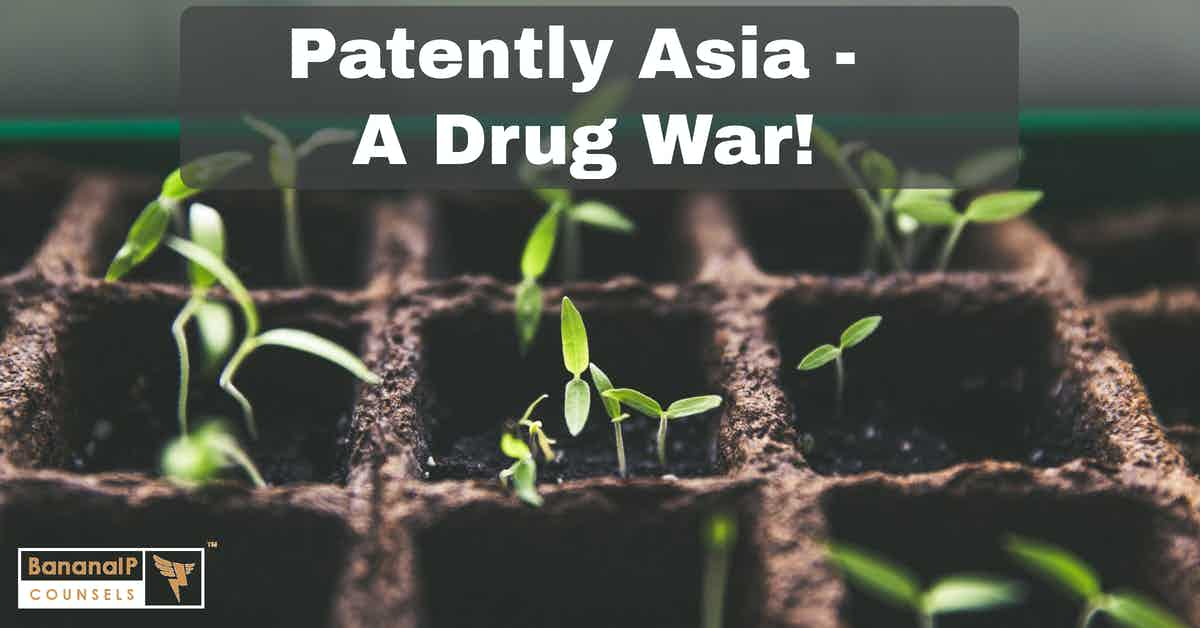This post was first published on 25th November, 2014.
Japanese Patent about a pain-killing drug extracted from ‘Kratom’ (Mitragyna Speciosa), a well-known Southeast Asian medicinal plant, is creating contradictions. Patent documents and other publications reviewed, are silent on the origin of Kratom utilized by Chiba and Josai. Patents have been issued in Japan and the US, and patent applications may be pending elsewhere.
How the Plant became a Painkiller drug?
In the early 2000s, Japanese researchers began analyzing compounds extracted from Kratom as part of a program to assess medicinal plants. They identified one Kratom compound, 7-hydroxymitragynine, as having particularly potent painkilling effects – considerably stronger and with no side effects, than even morphine, in animal experiments (According to the researchers, from Chiba National University and Josai University).
What is the plant’s medicinal history?
Kratom (Thai) or Ketum (Malay) is a well-known plant, native to Thailand, Malaysia, parts of Indonesia and the Philippines, and Papua New Guinea. Kratom has long had an important place in Southeast Asian traditional medicine where, different preparations of Kratom are used in wound dressings to treat the effects of fever, as a sedative, and as a substitute for opium in the treatment of addicts. Kratom leaves are also traditionally chewed or made into tea in areas of the Malaysian Peninsula, although legal prohibitions now limit this practice.
How do we know this drug was derived from Kratom?
Though patent documents and other publications reviewed, are silent on the origin of the Kratom, there can be no question that traditional medicinal use of Kratom very strongly anticipates the Japanese universities’ claims. Traditional use in wound dressings clearly suggests painkilling properties, as does Kratom’s use to treat fevers and as a sedative. And even more particularly, its traditional use as an opium substitute directly suggests Kratom’s activity on opioid receptors, the same property of the compounds patented by Chiba and Josai.
What did this result in?
There is a very strong case to be made that the IP claimed by Josai and Chiba National Universities in Japan, is derived from and includes knowledge and innovation from Southeast Asian traditional medicines and their traditional users. But no information could be located to suggest that appropriate benefit sharing measures are in place. If such agreements are in place, Chiba National and Josai Universities should make their details and counterparts public, so that Southeast Asian countries and traditional knowledge holders may evaluate if they are appropriate and effective.
Conclusion:
These well-documented traditional medicinal uses of Kratom call into question the degree of actual innovation contained in the Japanese work, as traditional knowledge guided researchers to both Kratom’s pain killing effects and indicated the specific mode of action of the patented compounds.



